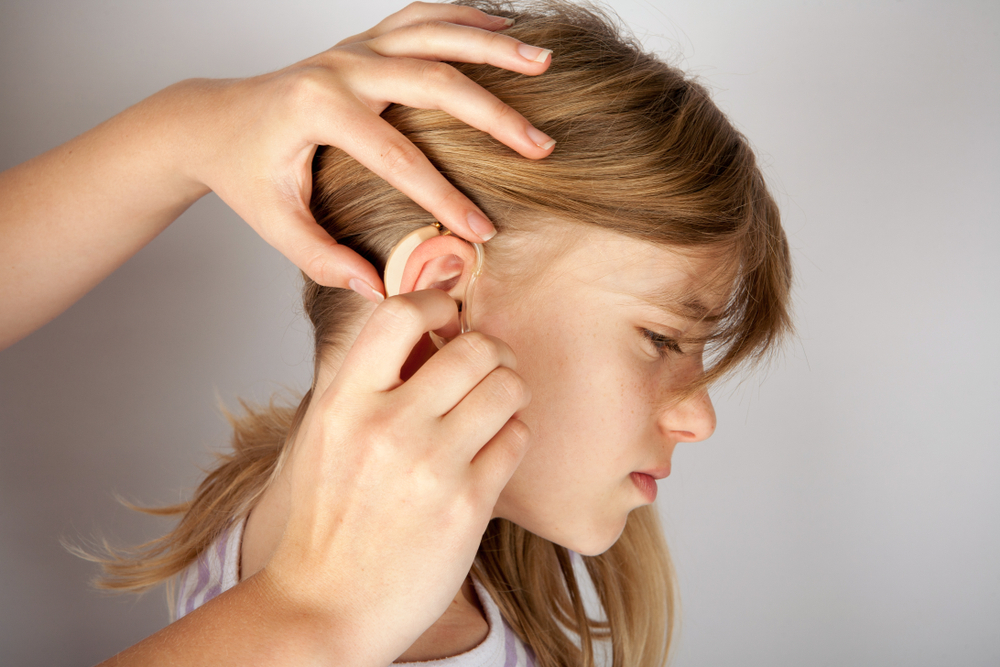DIAGNOSIS
It’s critical to diagnose severe hearing loss as soon as possible, particularly for kids. In some countries, laws require hospital staff to screen babies for hearing before they leave the hospital.
There are two types of newborn hearing tests:
Automated auditory brain response. Hospital staff will put headphones on your child’s ears and sensors on the head. A machine estimates the hearing nerve’s reaction to delicate snaps or tones.
Otoacoustic emissions. A small probe inside your child’s ear canal estimates the echo from soft noises played into the ears.
For adults, the following tests may be requested:
Pure tone audiometry. You will sit in a soundproof corner and wear earphones and a unique headband. The audiologist will play diverse pitches of sound and ask you what you can hear.
Speech audiometry. In the booth with earphones, you’ll hear distinctive words at various volumes and repeat them to the audiologist. The test estimates how softly and how unmistakably you can comprehend speech.
Transtympanic electrocochleography (ECOG). You’ll rest in the sound booth, and the audiologist will put a recording sensor in your ear. It quantifies the electric signals made by the nerves in your inner ear because of sound.
TREATMENT
Treatment for severe hearing loss for the most part implies utilizing diverse innovation to enhance the hearing you have. There’s no single treatment that is best for everyone with the condition. Your doctor will suggest one depending on how much hearing you’ve lost, how healthy you are, your way of life, and how your ears were damaged.
Your treatment choices may include:
- Hearing aids
- Middle ear implants
- Cochlear implants


